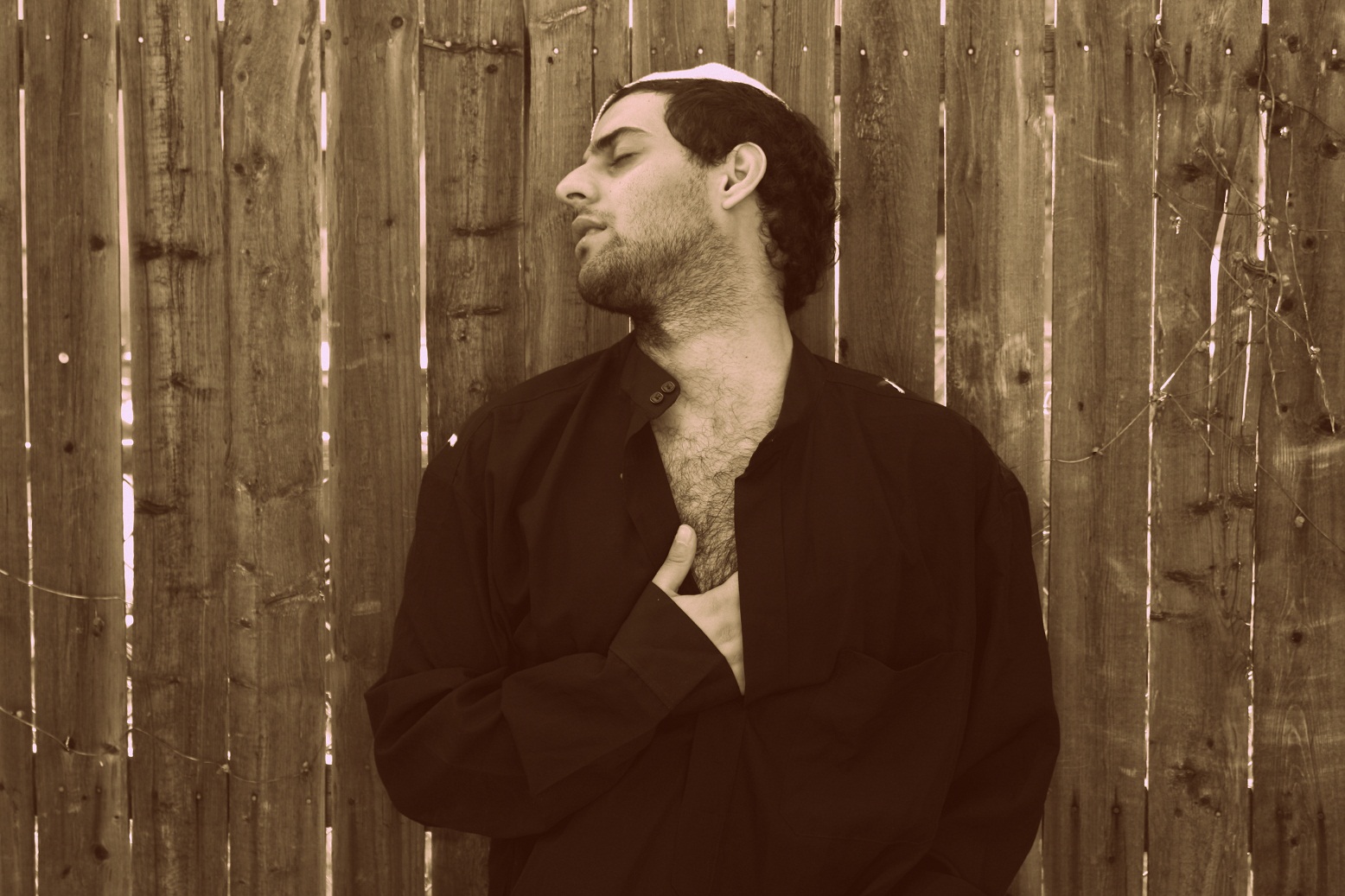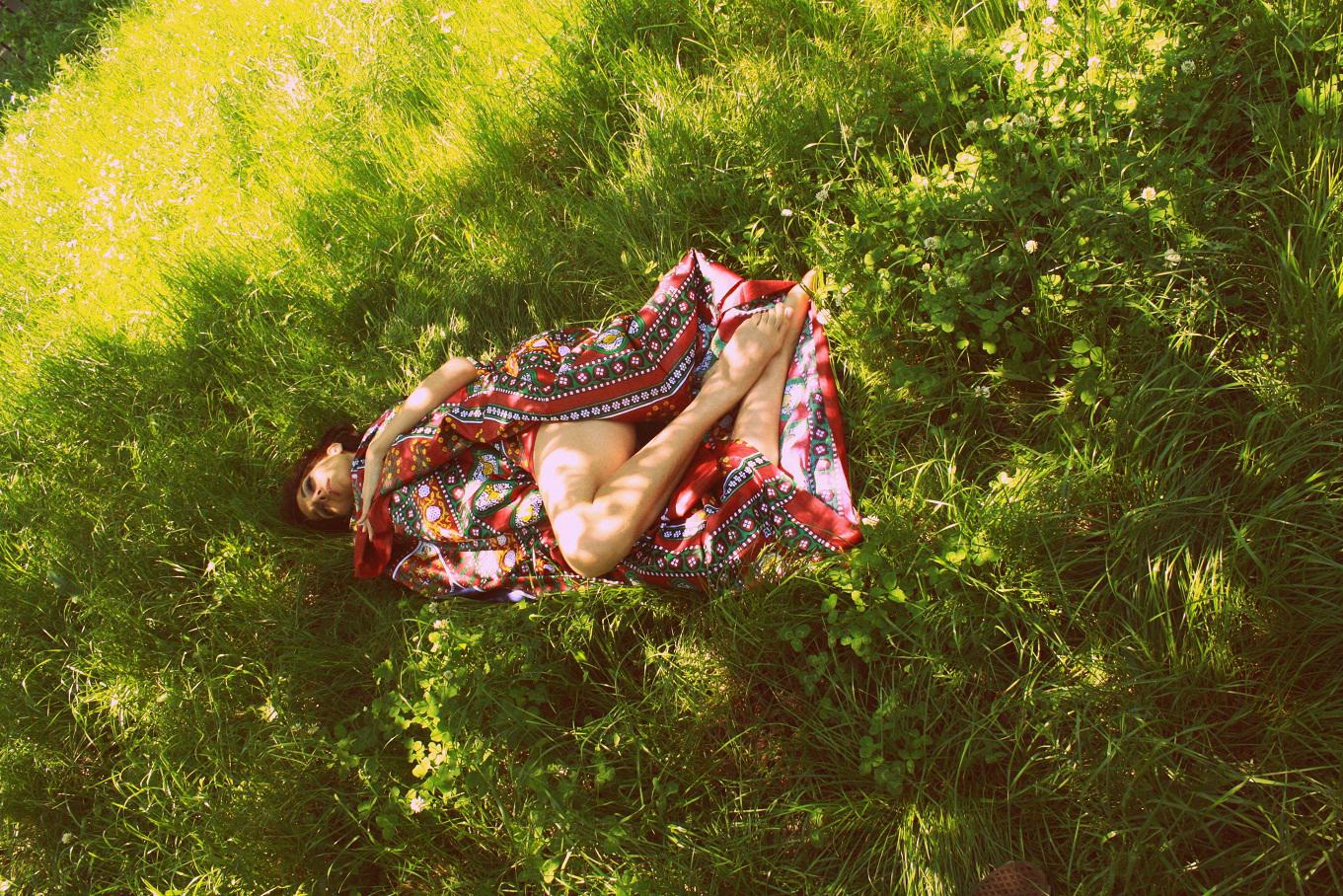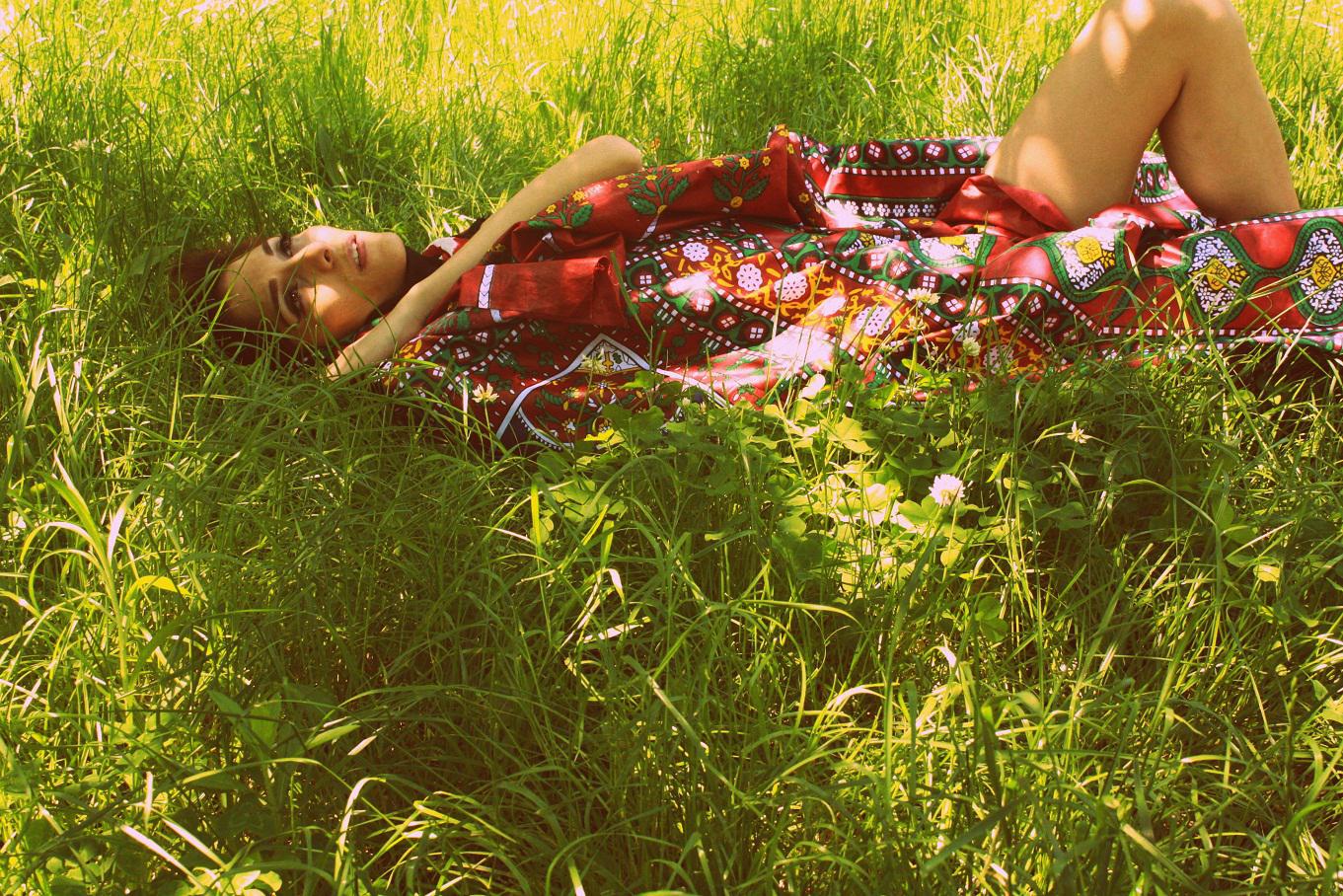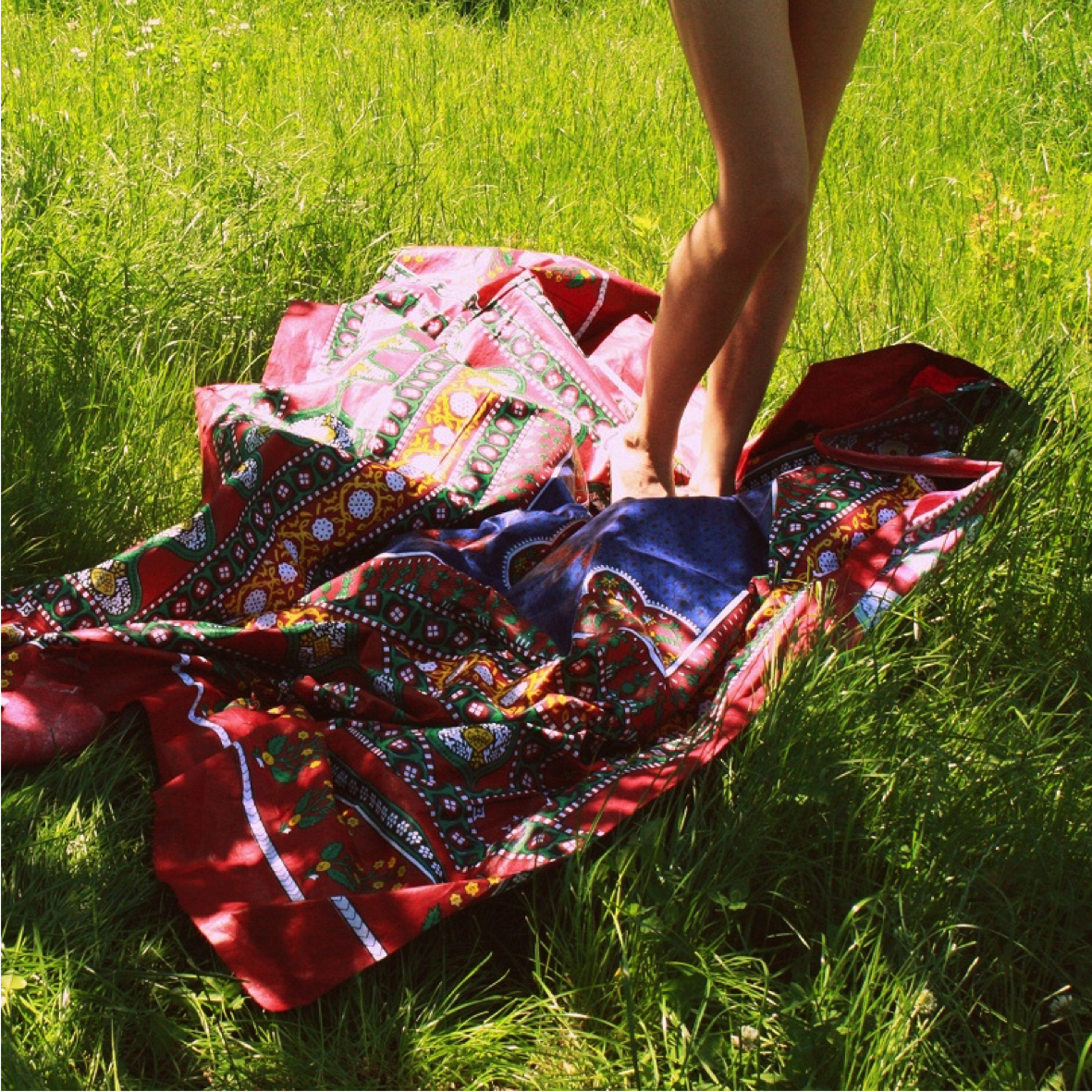Rebelling against censorship and exposing taboos, there’s no stopping Ibi Ibrahim
Ibi Ibrahim is a Yemeni-American artist with a mission. I chatted with Ibi a few weeks ago over a glass of Chardonnay in Toronto when he was in town for a visit, about his life, the controversy he’s sparked through his work, and the Yemeni ‘art scene’, among other things.
As one who initially studied marketing at University, how did you come to be involved in the world of art?
I’ve always had a huge interest in art – whether it was cinema, music, dance, or fine art. Being raised in the Middle East didn’t really support that interest to become an actual career, or even the study art. Yes, art classes were offered in my environment, but my parents were never the type to would consider them. I sometimes look back at my childhood and wish I took violin or painting lessons. I don’t really blame my parents for not allowing me to fully explore being a young boy, but now I’m keen on ensuring my nephews and nieces are introduced to those things I never experienced.
I’ve always been involved in the arts in one way or another, particularly when I moved to the US and began living by myself. I started by making small 8 x 10 cm art pieces and hanging them on my wall, but it wasn’t until 2010 when I moved to New York after being in Yemen for five months that I became serious about it. That period was the longest I had spent in Yemen in eight years, and I felt that I had a lot to say about my experience there. I started with the Fatima series, which caused a lot of stir back then, and began sharing my work with people involved in the arts in New York. It so happened that I was spending much of my time in museums across the city, and I knew that I was meant to be a visual artist, and that much of my work would involve tackling social and cultural issues.
Ibi, you’ve always been quite controversial as an artist, and you work has touched upon some very sensitive subjects – most notably sex and religion, as well as issues dealing with Yemeni and Middle Eastern society. As an artist, what are your intentions in exploring such topics?
I describe myself as a rebel against censorship. What I portray in my artwork is a part of who we are, and what happens in our everyday lives – whether it’s a love relationship between two women, or if it’s a young man exploring his sexuality. Somehow we no longer talk about these things. I remember a time when Arabic cinema portrayed many similar situations to be shared with audiences. Nowadays, those scenes are considered to be very provocative, and most of the time they’re censored. It’s rather disappointing that an entire generation is growing up unaware of many issues and topics they’re surrounded by. That’s where I come in as an artist - or at least where my current collection does. My job is to ‘break’ the censorship and bring up those topics to the surface. Some find it beautiful, some find it a dialogue starter - and that’s what I love most about it. Each viewer has a different experience in looking at my work.

Yemeni Orgasm
Both as an artist, and as an individual, you’re unabashedly outspoken and confident about who you are, and your views on various topics. Has this tendency ever caused any problems for you, especially among more conservative Yemenis and Middle Easterners? Do you believe some people simply aren’t ‘ready’ for what you have to say?
Everyday. My work has at times had a polarising affect. I always receive hate mail and insults. You’d be surprised to know that some galleries in the Middle East have even verbally abused me for the work I create, which is very strange. Imagine when the supporter of the artist and the source of his/her success becomes their oppressor.
Having been raised in the Middle East, I understand where these responses are coming from. They come out of the great reliance on the authority of religious figures in determining social norms. For instance, in the Middle East, religious figures are greatly respected just for having title of ‘Sheikh’. At the same time, I’ve heard stories about Sheikhs abusing young boys and girls while still remaining respected by society.
A liberal society is what the Middle East is missing - one that allows for learning, self-exploration, looking at things from different perspectives, and the expression of opinions
What I’m trying to say, is that a liberal society is what the Middle East is missing - one that allows for learning, self-exploration, looking at things from different perspectives, and the expression of opinions. Such a society will not only bring civil understanding and prosperity, but will also create opportunities for development in our societies.
I’m fortunate enough to be working in America, as it allows me to freely express my thoughts and opinions. I love my Yemeni background, and I’m proud of my cultural heritage, but I’m also proud of being an American.
Your newest series, Sitara, is quite different from your previous works. Not only is its subject matter quite different, but it also marks your first colour series. What is the story behind the series, and what prompted you to diverge from your signature black and white compositions?
In Yemen, a woman’s body is the property of her family, her guardian, or her husband. I wanted to create a series to remind us of how the Yemeni woman once was. There was a time in history when Yemen was governed by a Queen, although today someone mentions ‘Yemeni woman’, and you think of an abused, uneducated person who was forced to marry in her childhood. The Sitara (the traditional Yemeni female dress) evokes the image of the free Yemeni woman of the past - the ‘forgotten queen’ – contrasting the current status of women as a sinful objects that must be covered in black.

From the Sitara series
The series received much criticism from the public on social media websites, but I was happy to also see many girls expressing their interest. I noticed that it was mainly men who were offended by the series, which takes us back to my initial point on how the Yemeni woman’s body is owned by the man. I feel sometimes that in order for the phrase ‘Yemeni women’ to carry positive thoughts, they (the women) must free themselves.
The Sitara evokes the image of the free Yemeni woman of the past - the ‘forgotten queen’
The Sitara series were almost never presented, because I didn’t feel I would ever do a colour series. However, the colours of the Sitara, as you can see, are very beautiful. They resemble beauty, and the green grass in the photographs resembles freedom. I felt that it was a perfect combination to tell the story of the ‘forgotten queen’.
Ibi, in addition to your work as a photographer, you’ve also recently directed a short film, Sounds of Oud, which explores the taboo subject of homosexuality among Muslims. What was the impetus behind the film, and what has been the response from Muslim audiences?
I studied film for a year in New York, and I remember that many of my classmates created rather simple stories. However, I was really interested in making my screenplay stand out, and so I decided to write something more dramatic and that [Sounds of Oud] was the result. Again, each viewer has his or her own understanding of the film, but to me, the main focus wasn’t so much the idea of homosexuality, as it was the wife’s devotion to her religion. I’m very influenced by women in my work, and my script began by telling a story of a devoted wife, and the idea of including a gay character came in later.

From the Sitara series
I’ll be spending more time in the editing room this fall to make several changes to the film before submitting it to different festivals. I’m not sure what the response from Muslim audiences will be. I’m at a point in my career where I’m focused on creating beautiful stories that make a huge impact on art lovers. They [art lovers] are my audience, and they are to whom I direct my energy and passion. The rest are irrelevant.
I noticed that you posed for one of Shirin Neshat’s photographs in her most recent series, The Book of Kings. What was it like working with Shirin?
A pure joy – Shirin Neshat is one of my favourite visual artists, and posing for her was a huge honour. She has told me that I was an important and unique aspect to her collection, which made me very happy. I saw the exhibition in New York, and was really delighted to see myself in two different pieces. The experience of posing in front of Neshat allowed me to realize my strength in front of the camera as well. It pushed me to use myself as the topic of my work, and shortly after, I presented my series, Yemeni Orgasm.
How would you describe the art scene in Yemen? Saudi Arabia has been making some progress artistically, although we’ve yet to hear about any similar developments down south. As one of the rare exceptions to the rule (i.e. a contemporary Yemeni artist), do you feel you have any particular responsibilities?
There are many artists in Yemen, but I don’t see an actual art scene. I always hear about exhibitions held in the capital, Sana’a, but they’re always hosted by the German House or the French Cultural Centre. As well, I’ve recently been hearing from friends that the Spanish Ambassador has been hosting art exhibitions for different Yemeni artists. I don’t expect this to go any further, though; how can Yemen expect to have a solid art scene when the Yemeni Government itself couldn’t care any less about artists’ status?
There is no art department at Sana’a University. I think that says enough about the status of the arts, and it’s unfortunate. Art is not just about material objects, but an attitude. It’s a promotion of creativity and social awareness.
My responsibility at the moment is to keep on making art that speaks volumes and continues to rebel against censorship, whether it’s in the East or the West.
In 140 characters or less, what is your message to the world?
To all the young Middle Eastern people who often write to me, I say thank you. I find pure joy when I read your emails, and it keeps me going. It always will.

